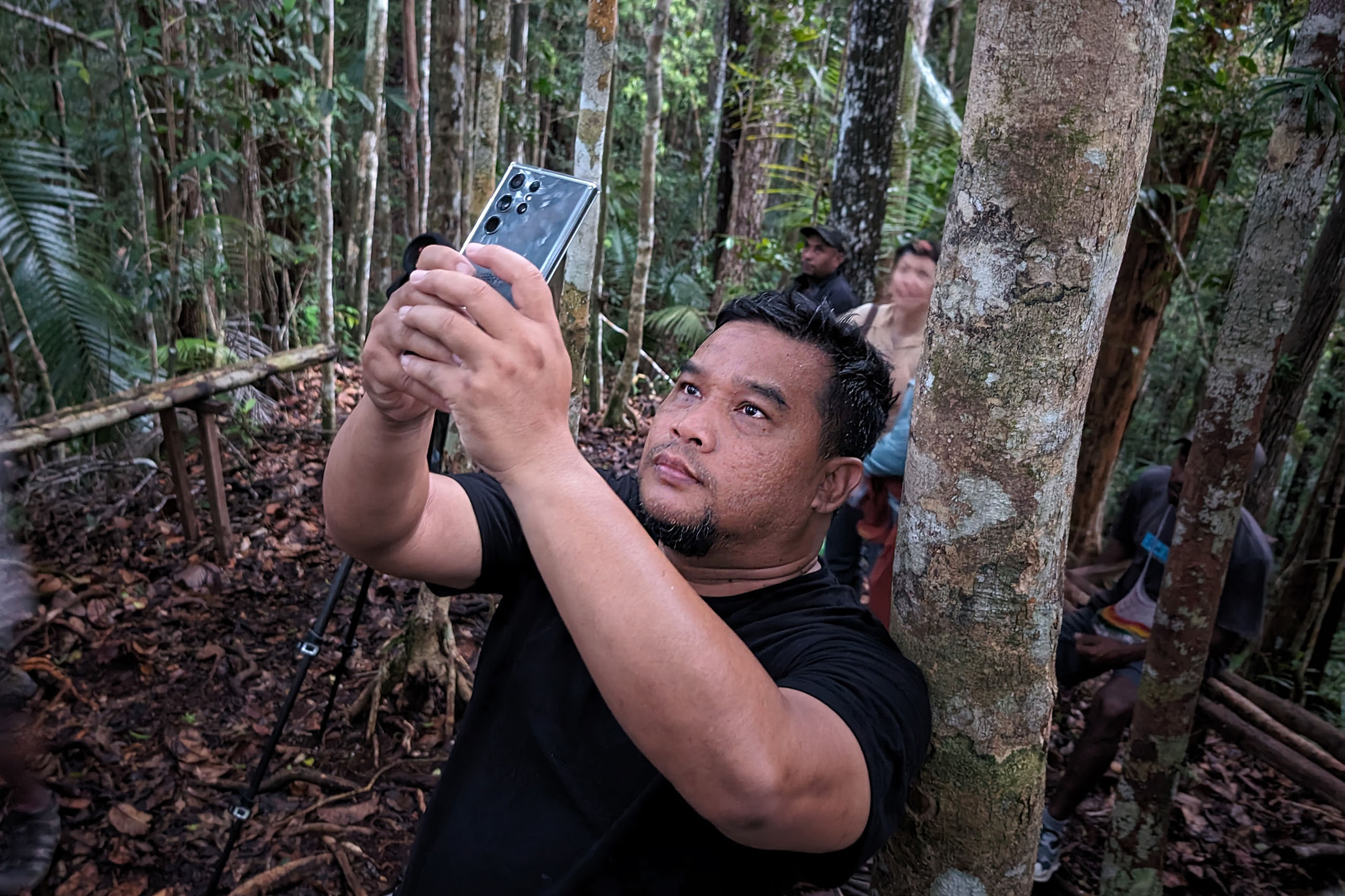Before dawn breaks over Surabaya, Indonesia’s “City of Heroes,” Akhyari Hananto is already at work. After morning prayers, he opens Google Analytics to watch the night’s reading patterns unfold—what stories drew attention, which headlines resonated, and where curiosity faded. “That information often determines how I’ll prioritize my work for the rest of the day,” he says. By sunrise, he has already drafted ideas to re-energize audiences across the archipelago.
As Multimedia Manager for Mongabay Indonesia, Hananto operates at the crossroads of creativity, data, and strategy. His role blends production, design, and analytics. On any given day, he might be editing videos, managing social channels, or translating data insights into editorial tactics. “Everything I do connects to one ce…
Before dawn breaks over Surabaya, Indonesia’s “City of Heroes,” Akhyari Hananto is already at work. After morning prayers, he opens Google Analytics to watch the night’s reading patterns unfold—what stories drew attention, which headlines resonated, and where curiosity faded. “That information often determines how I’ll prioritize my work for the rest of the day,” he says. By sunrise, he has already drafted ideas to re-energize audiences across the archipelago.
As Multimedia Manager for Mongabay Indonesia, Hananto operates at the crossroads of creativity, data, and strategy. His role blends production, design, and analytics. On any given day, he might be editing videos, managing social channels, or translating data insights into editorial tactics. “Everything I do connects to one central mission,” he says, “ensuring that Mongabay’s environmental journalism reaches, engages, and resonates with audiences across Indonesia.”
That mission carries urgency in a nation of 280 million people whose forests, peatlands, and coral reefs are among the most biodiverse—and most threatened—on Earth. For Hananto, who joined Mongabay in 2014, the work is deeply personal. “As an Indonesian, it’s impossible not to care,” he says. “These issues are unfolding right here, on our own islands.”
His path to journalism was unconventional. A university student in Yogyakarta during the grunge era, he fronted a Pearl Jam-inspired rock band before entering banking, then humanitarian work after a devastating 2006 earthquake. Later, as an economic specialist at the U.S. Consulate in Surabaya, he honed the skills—analysis, communication, adaptability—that would define his media career.
The turning point came in Kalimantan, when he saw an orangutan shot with an air rifle. “That moment stayed with me,” he recalls. “I knew I wanted my work to have meaning.” Soon after, he left his secure job to join Mongabay.
A decade later, he has helped build its digital presence from the ground up. Early on, he saw that strong journalism needed stronger bridges to reach the public. By combining accessible writing, visual storytelling, and strategic distribution, he helped grow Mongabay Indonesia’s audience to millions. “We already had great stories,” he says. “What we needed was connection.”
 Akhyari Hananto in West Papua. Photo by Rhett Ayers Butler
Akhyari Hananto in West Papua. Photo by Rhett Ayers Butler
For Hananto, data is not just numbers but a way of listening. Analytics reveal which stories shape public debate and inspire other outlets to follow suit. “That’s when I know we’ve done our job,” he says, “when journalism sparks conversation.”
His advice to young reporters is simple: stay curious, take risks, and know why your work matters. Each morning, as the sun rises over Surabaya, Hananto checks the data not just to measure traffic—but to trace connection, a digital echo of Indonesia’s collective concern for its forests, seas, and future.